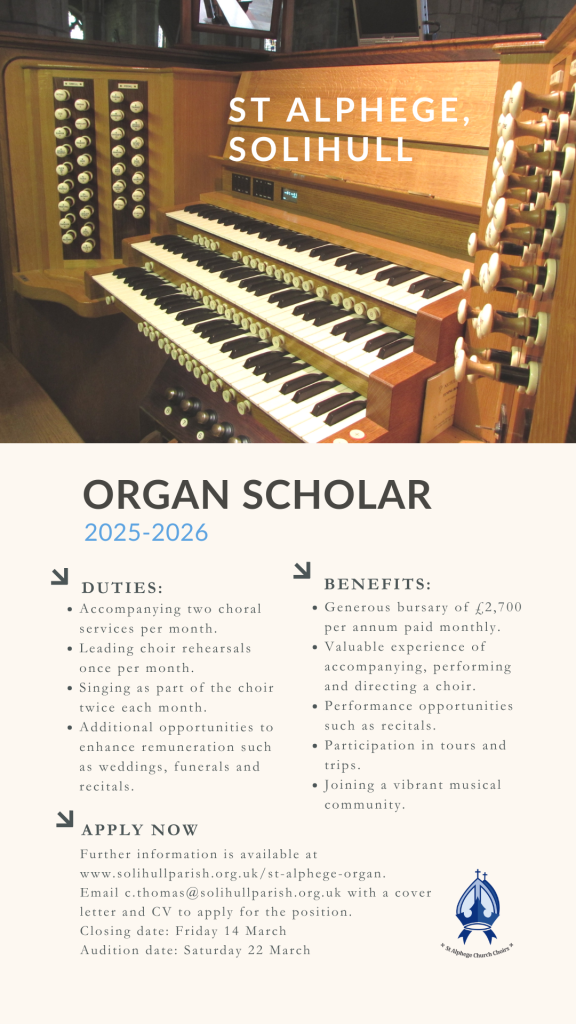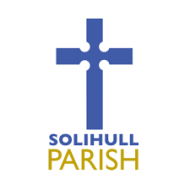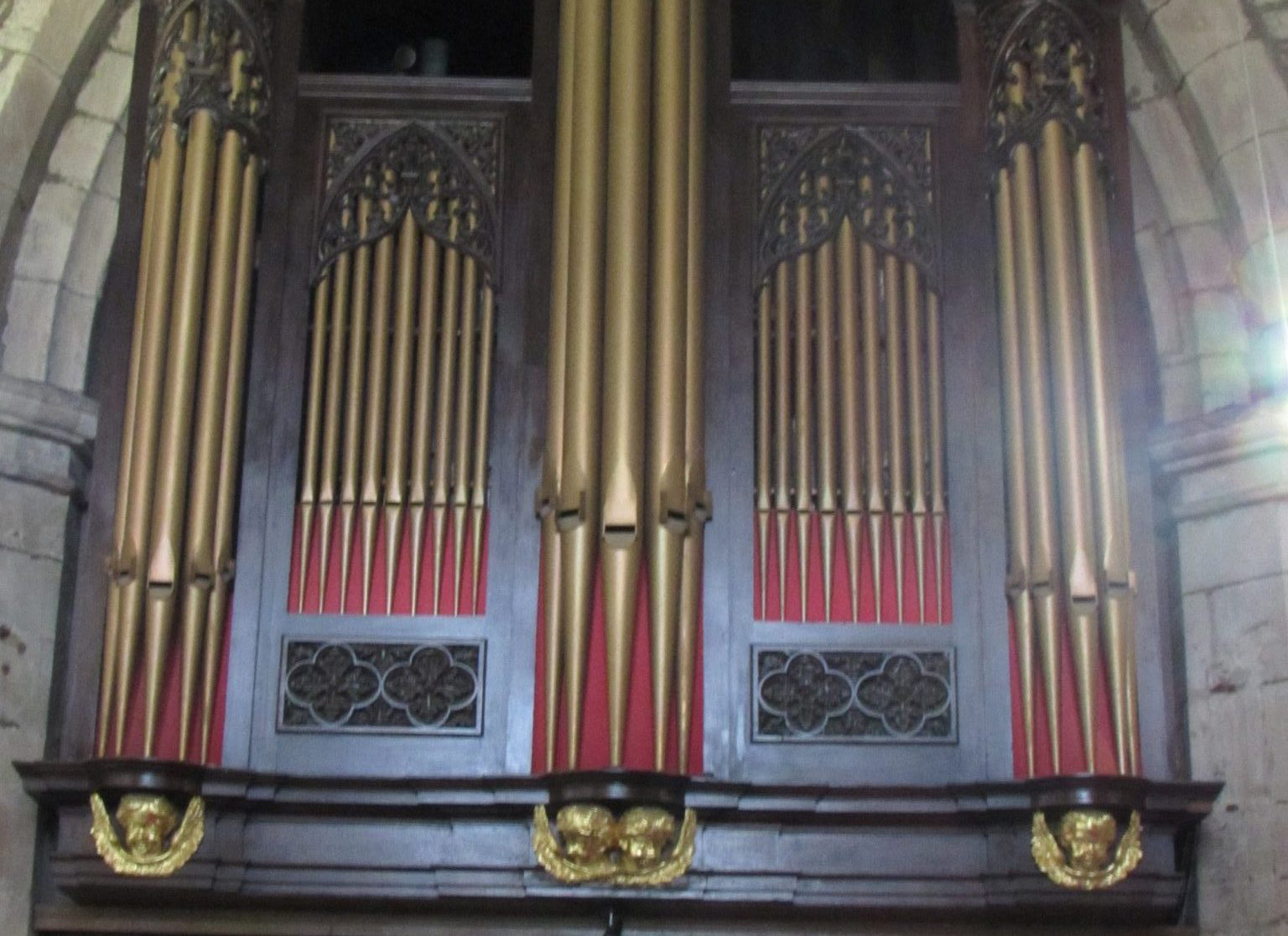Organ Scholarship 2025-26
We are seeking a Senior Organ Scholar for the forthcoming academic year.

The organ of St Alphege Church is a versatile three manual and pedal instrument of great character and quality. It is an eclectic instrument, capable of a thrilling full sound to lead a large congregation, as well as possessing a great range of tonal colours suitable for choral accompaniment and the performance of the organ repertoire. As well as its primary role in accompanying worship, it is heard most months as a concert instrument in its own right as part of the Wednesday Lunchtime Recital Series, with recitals given by the resident music staff and a variety of distinguished visiting players.
There are records of an organ at St Alphege Church in 1755, built by James Broxall and it is understood that this instrument contained at least one rank of pipes from an even earlier seventeenth century instrument. In 1809, a new instrument was built by the well known builders Elliot & Co. for a sum of £277. This two manual instrument, in keeping with English organs of the time, had no pedals. Following the Mendelssohnian/Germanic influence on English organs in the mid nineteenth century, in 1856 a pedal division was added, and then in 1868 Edward Brosswood of Birmingham was commissioned to add a choir division. In 1888 the pre-eminent company Hill and Son rebuilt the organ with a new swell division and with additions to the other divisions. In 1899 a Harmonic Flute was added to the Great Organ and an Orchestral Oboe to the choir division, colours in keeping with the Romantic tastes of the time.
A major rebuild was undertaken by Hill, Norman and Beard in 1936, including new electro-pneumatic action, a stop key console and several tonal alterations. By 1977, the action had become unreliable and the console had worn out. Between October 1977 and May 1978, the organ was completely rebuilt by Nicholson of Malvern. The work included many new stops, the complete rebuilding of the action, much internal re-planning, a fine new console and further tonal alterations, tending towards the neoclassical tastes of the era. More recently, work in 2014 and 2015 involved a further console refurbishment with new keyboards and a greater number of pistons and other playing aids as well as alterations and additions to the choir division and revoicing of the great mixture stop.
The fine case dates from the early eighteenth century and is probably by Thomas Schwarbrick, a pupil of Renatus Harris. It was brought to St Alphege from St Martin’s, Birmingham by Charles Curtis, Rector of Solihull 1789-1829 who served also at St Martin’s.
The stop list of the current instrument is as follows:
GREAT
Open Diapason I 8′
Open Diapason II 8′
Stopped Diapason 8′
Principal 4′
Harmonic Flute 4′
Fifteenth 2′
Fourniture IV
Trompette 8′
CHOIR
Gedackt 8′
Spitz Flute 4′
Octave 2′
Larigot 1 1/3′
Sesquialtera II
Cymbal III
Oboe 8′
Bombarde 8′
SWELL
Open Diapason 8′
Hohl Flute 8′
Salicional 8′
Voix Celeste 8′
Principal 4′
Lieblich Flute 4′
Nazard 2 2/3′
Piccolo 2′
Tierce 1 3/5′
Plein Jeu IV
Oboe 8′
Double Trumpet 16′
Trumpet 8′
Clarion 4′
PEDAL
Harmonic Bass 32′
Open Wood 16′
Bourdon 16′
Principal 8′
Bass Flute 8′
Fifteenth 4′
Octave Flute 4′
Bombarde 16′
Double Trumpet 16′
Trumpet 8′ Clarion 4′

